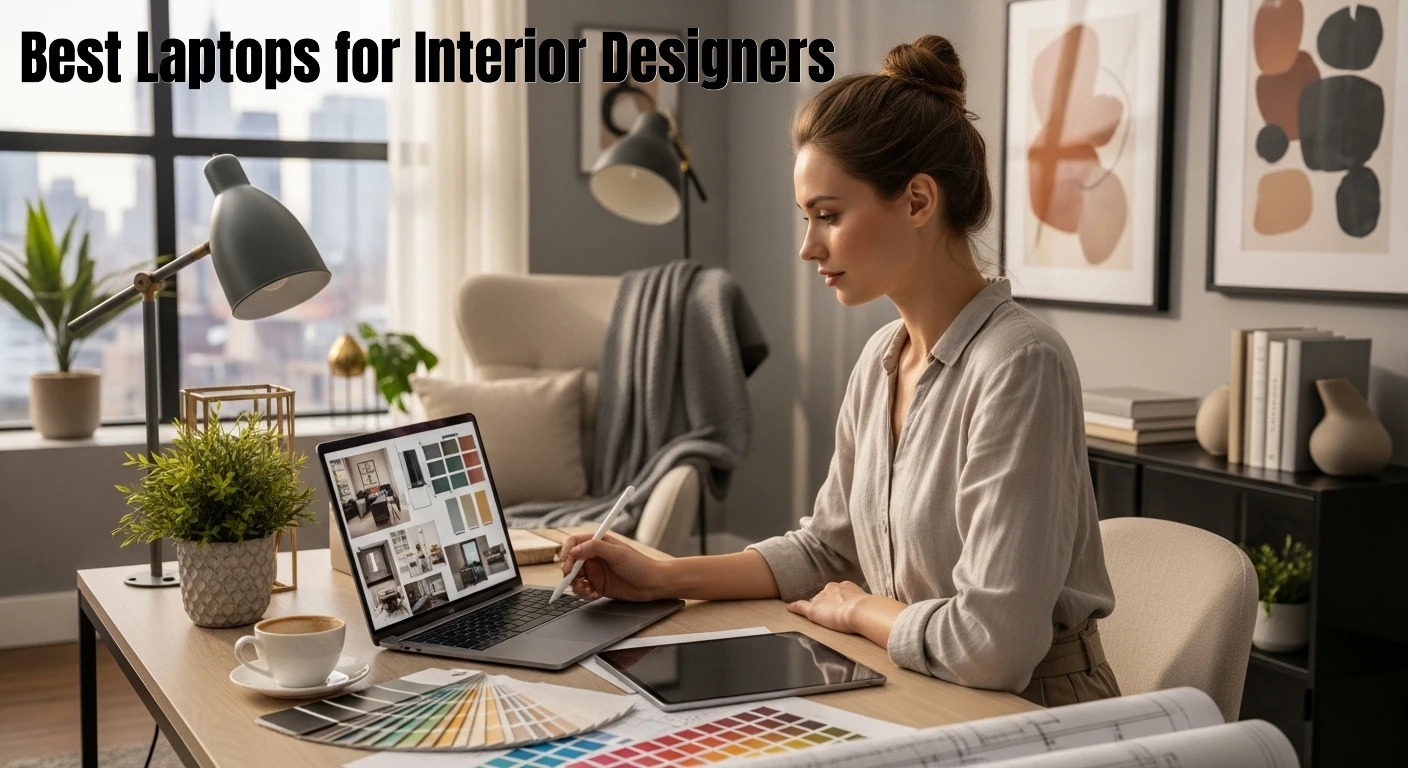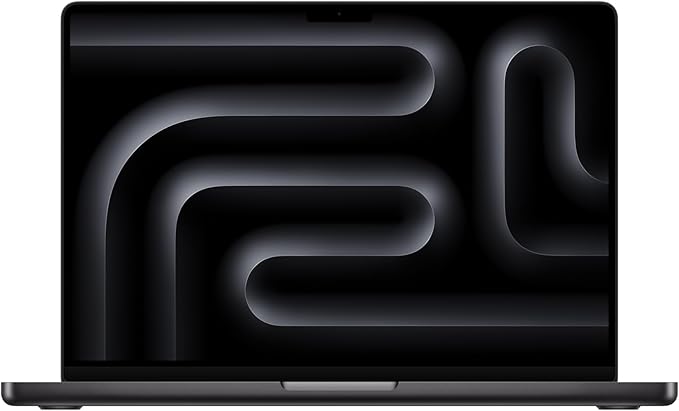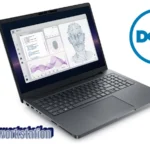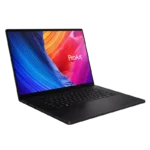When you’re an interior designer, your laptop is more than just a computer. It’s your mobile office, sketchbook, rendering engine, and client presentation tool all rolled into one. That means you need more than a stylish machine — you need something powerful, color-accurate, and reliable enough to keep up with demanding design workflows.
But with so many options in 2025, which laptops really make sense for interior designers? Let’s break it down in plain English — no marketing fluff, just honest reviews with specs, pros, and cons.
Also Read: Best Laptops for Architects
What Interior Designers Should Look For in a Laptop
Before diving into the top picks, here’s a quick checklist of the specs that matter most for design work:
- Display: 14–16 inches, OLED or Mini-LED, 100% sRGB / DCI-P3 / AdobeRGB coverage. This ensures accurate colors when you’re showing clients or prepping visuals.
- CPU: Apple M4 series, Intel Core Ultra, or AMD Ryzen 7000+. Go for a high-performance chip if you render or multitask heavily.
- GPU: NVIDIA RTX 4060/4070+ (Windows) or Apple’s M4 Max GPU for heavy 3D work. For 2D-focused work, integrated chips are fine.
- RAM: Minimum 16GB, ideally 32GB for rendering and big project multitasking.
- Storage: 1TB SSD is a sweet spot — project files, textures, and 3D models fill space quickly.
- Battery life: Essential if you often present on-site with clients.
- Ports: SD card slot, HDMI/DisplayPort, Thunderbolt/USB-C — trust me, these save headaches.
The Best Laptops for Interior Designers in 2025
Here are the models that really stand out this year — each with a clear profile of who it’s best for.
1. Apple MacBook Pro 16” (M4 Pro / M4 Max) – Best All-Around Choice
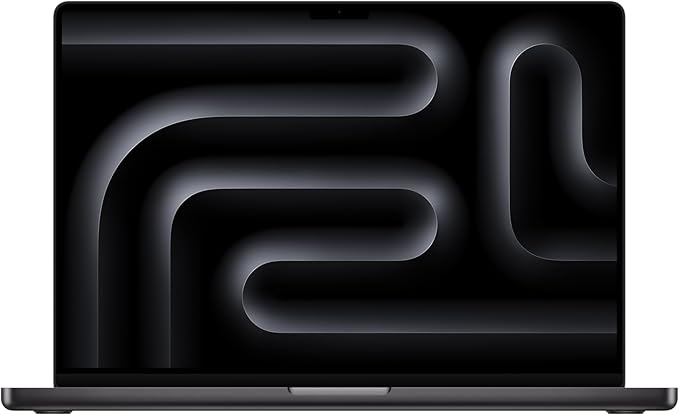
Specs at a glance:
- CPU: Apple M4 Pro or M4 Max
- GPU: Integrated Apple GPU (scales with chip)
- RAM: 16GB–32GB
- Storage: 512GB–2TB SSD
- Display: 16.2″ Liquid Retina XDR (mini-LED, P3 wide color)
- Ports: 3× Thunderbolt 4, HDMI, SDXC, MagSafe
- Weight: ~4.7 lbs
Pros:
- Gorgeous color-accurate display (P3 wide gamut, HDR-ready).
- Outstanding battery life.
- Runs cool and quiet.
Cons:
- Expensive when upgraded.
- Some 3D rendering software still runs better on Windows with NVIDIA GPUs.
👉 Perfect if you care about battery, color accuracy, and smooth macOS creative workflows.
2. ASUS ProArt Studiobook 16 OLED – Best for Color Accuracy
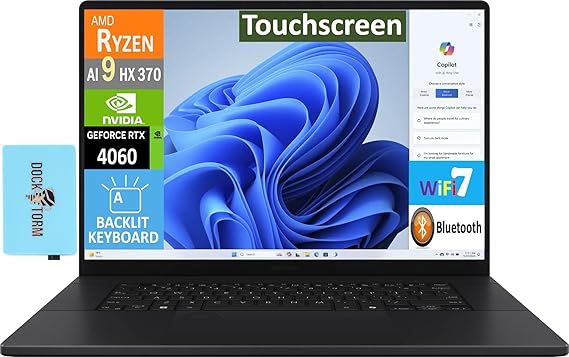
Specs at a glance:
- CPU: Intel Core Ultra or AMD Ryzen 9
- GPU: NVIDIA RTX 4060–4070 / workstation variants
- RAM: 32GB (expandable)
- Storage: 1TB SSD
- Display: 16″ 4K OLED, factory calibrated, 100% DCI-P3
- Ports: Thunderbolt, HDMI, SD reader
Pros:
- One of the most color-accurate laptops on the market.
- Strong GPU options for rendering and 3D apps.
- Built specifically with creatives in mind.
Cons:
- Heavier and less portable.
- Battery life not as strong as Apple’s M-series.
👉 Ideal if your work revolves around presentations and color-critical projects.
3. Dell XPS 16 (2025) – Sleek, Professional Windows Option
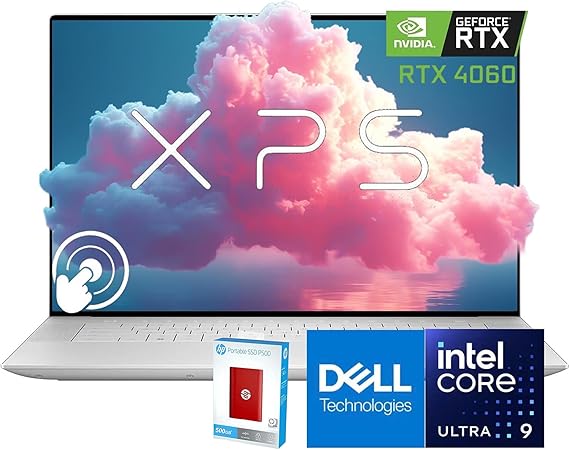
Specs at a glance:
- CPU: Intel Core Ultra / Core i9
- GPU: Up to NVIDIA RTX 4060
- RAM: 16GB–32GB
- Storage: 512GB–2TB SSD
- Display: 16″ OLED or IPS, high color coverage
- Ports: Thunderbolt, SD card slot
Pros:
- Premium build quality and slim design.
- Excellent display options.
- Reliable performance for most design tools.
Cons:
- GPU not as strong as workstation models.
- Pricey in higher configurations.
👉 Great balance of style, performance, and portability for design pros.
4. Microsoft Surface Laptop Studio 2 – Best for Sketching & Flexibility
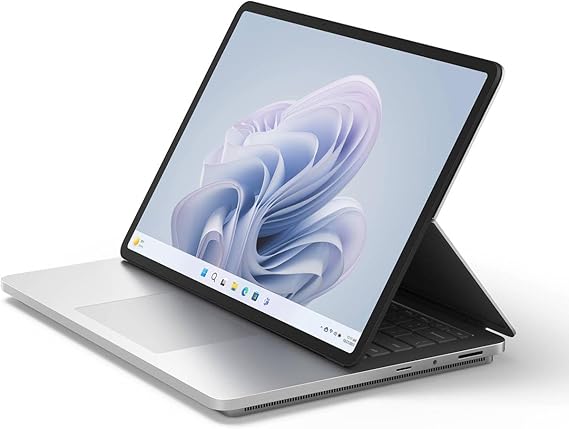
Specs at a glance:
- CPU: Intel Core H series
- GPU: NVIDIA RTX options in higher tiers
- RAM: 16GB–32GB
- Storage: 512GB–1TB SSD
- Display: 14.4” PixelSense Flow touchscreen
- Extras: Surface Slim Pen support
Pros:
- Fantastic for sketching directly on-screen.
- Flexible hinge design for multiple modes.
- Smooth stylus experience for concept work.
Cons:
- Expensive for the power inside.
- Battery life isn’t class-leading.
👉 Best if you like drawing, sketching, and presenting interactively with clients.
5. Razer Blade 16 – Best for Heavy Rendering & GPU Power
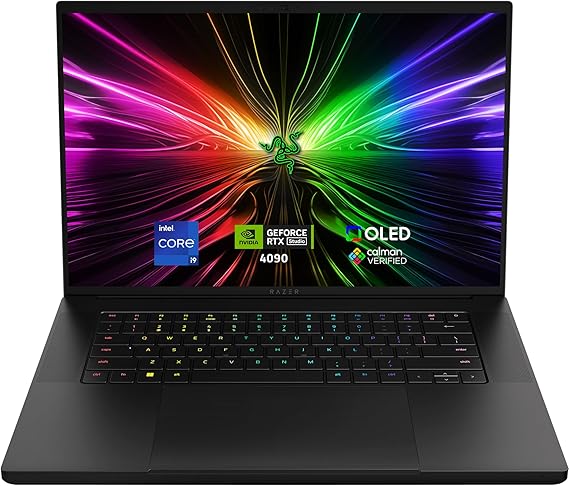
Specs at a glance:
- CPU: Intel Core i9 / Ultra series
- GPU: NVIDIA RTX 5080/5090
- RAM: 32GB
- Storage: 1TB SSD
- Display: 16″ OLED, high brightness
Pros:
- Monster GPU performance for real-time rendering.
- Sleek premium design.
- OLED panel with deep contrast.
Cons:
- Expensive.
- Shorter battery life under heavy load.
👉 A solid pick if you do a lot of rendering or VR walkthroughs.
Quick Comparison Table
| Laptop | Display | CPU | GPU | RAM | Best For |
|---|---|---|---|---|---|
| MacBook Pro 16” (M4) | 16.2″ mini-LED, P3 | M4 Pro/Max | Integrated | 16–32GB | Battery + color-critical work |
| ASUS ProArt Studiobook 16 | 16” 4K OLED | Intel/AMD | NVIDIA RTX 4060–4070 | 32GB | Color accuracy + rendering |
| Dell XPS 16 | 16” OLED/IPS | Intel Core Ultra | RTX 4060 | 16–32GB | Stylish portability |
| Surface Laptop Studio 2 | 14.4” touchscreen | Intel H series | RTX options | 16–32GB | Sketching + flexibility |
| Razer Blade 16 | 16” OLED | Intel i9 | RTX 5080/5090 | 32GB | Heavy 3D rendering |
FAQ – Interior Designer Laptop Questions
There isn’t one single “best” laptop, because it depends on your workflow. If you want long battery life and excellent color accuracy, the MacBook Pro 16” is hard to beat. If your work involves heavy 3D rendering, a Windows laptop with an NVIDIA RTX GPU, like the ASUS ProArt Studiobook or Razer Blade 16, will serve you better.
Absolutely. With people investing more in their living and working spaces, the demand for interior designers is growing. The career can be competitive, but if you build strong skills, keep up with design software, and market yourself well, 2025 is a promising time to be in the field.
At the very least, you’ll need a laptop with 16GB RAM, a fast SSD (1TB recommended), and a color-accurate display. If you work with 3D rendering or visualization tools, add a discrete NVIDIA GPU into the mix. For lighter 2D work like Photoshop, Illustrator, or mood board creation, even a MacBook Air or similar high-quality ultrabook can do the job.
Final Thoughts
Choosing the right laptop as an interior designer is less about “what’s trendy” and more about “what matches your workflow.” If you’re always on the go and need unbeatable battery life, go MacBook Pro. If your work is color-critical, ASUS ProArt is hard to beat. If you sketch a lot, the Surface Laptop Studio 2 might be your best friend. And if you’re into heavy rendering — Razer Blade 16 or a workstation-class laptop is your weapon of choice.
Whatever you pick, aim for at least 16GB RAM, a 1TB SSD, and a color-accurate display. Your designs — and your clients — will thank you.
